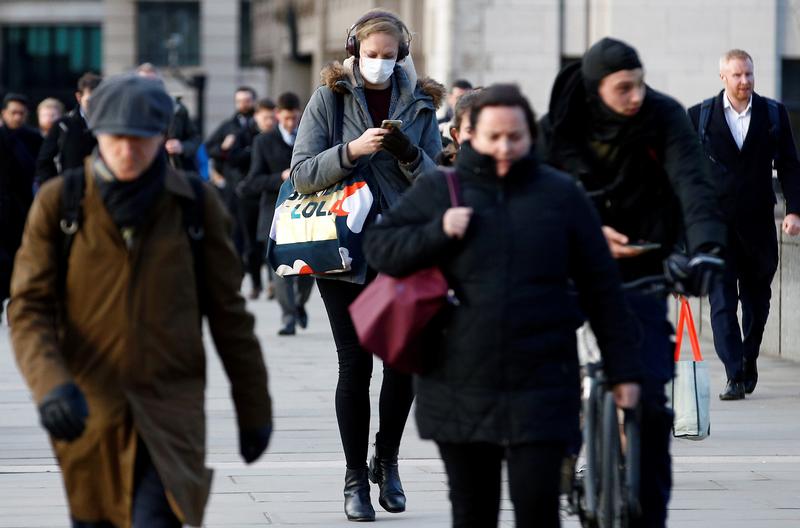In this piece
Quantifying the “infodemic”: People turned to trustworthy news outlets during the 2020 coronavirus pandemic

A woman wearing a face mask uses her phone on London Bridge in March 2020. REUTERS/Henry Nicholls
In this piece
Published in the Journal of Quantitative Description: Digital Media
This paper explores how the 2020 coronavirus pandemic affected online news consumption in France, Germany, the UK and the US.
Abstract: How did the 2020 coronavirus pandemic affect people’s online news consumption? To understand this, we present a comparative analysis of data on an estimated 905B desktop and mobile visits to news outlets, and 54B Facebook engagements, generated by news outlets in the US, UK, France, and Germany between 2017 and 2021. We find that in 2020 online news consumption increased. Trustworthy news outlets benefited the most from the increase in web traffic. In the UK trustworthy news outlets also benefited the most from the increase in Facebook engagement, but in other countries both trustworthy and untrustworthy news outlets benefited from the increase in Facebook engagement. Overall, untrustworthy news outlets (as rated by NewsGuard) captured 2.3% of web traffic and 14.0% of Facebook engagement, while news outlets regularly publishing false content accounted for 1.4% of web traffic and 6.8% of Facebook engagement. People largely turned to trustworthy news outlets during the 2020 coronavirus pandemic.

